Indian tea has three major tea-producing regions –Darjeeling, Assam, and Nilgiri. Much like the wines of France, tea in India is named after the region in which it is grown.

Understanding the tea-growing regions of India helps to know how to select the best Indian black tea.
TRADITIONAL INDIAN TEA-GROWING REGIONS
Darjeeling, Assam, and Nilgiri are the major tea-growing regions of India.
The place where the tea is grown and produced has much to do with how the tea tastes. This sense of place is called terroir, the idea that the soil, rain, sun, moon, and climate all impact the finished tea.
Indian tea includes both varietals of the Camellia sinensis plant. The Camellia sinensis var. assamica from Assam, India, and the Camellia sinensis var. sinensis from China.
Both varietals are used to make black tea. Most Indian tea is produced as black tea, although some estates produce oolong, white and green tea. Large leaves characterize the Assam tea leaves.

Shades of Earl Grey - $19.95
from: Firebelly Teas Inc.
1. DARJEELING
The Darjeeling district, with its high altitude and heavy mists, is nestled in the foothills of the Himalayas. Producing much smaller yields with three distinct cropping periods, Darjeeling teas are the prize of India.
Darjeeling tea has a delicate and fruity essence, quite like champagne. I've written an entire post dedicated to Darjeeling tea which you can read Darjeeling Tea: The Champagne of India.
2. ASSAM
Assam is India's most famous tea-growing region after Darjeeling. It's a low-grown tea producing a bold and brisk cup of tea. Assam teas are from the large leaf Camellia sinensis var assamica and are often robust. They are well known for their warm malty smoothness.
Because of their rich, malty, robust character, Indian Assam teas make good breakfast teas that go well with milk. Assam teas with golden tips in them are of the finest quality.
Breakfast tea blends come in many versions, but the most popular of these is the English Breakfast Tea which usually features teas from Sri Lanka, Kenya, and Assam. Irish Breakfast Tea uses Assam tea, providing a strong black tea.
3. NILGIRI
Nilgiri is often referred to as the Southern Darling. Nilgiri translated means Blue Mountains. It is the most spectacular mountain range in south India. British colonists developed the hills for coffee and tea plantations and summer residences.
The Coonoor Tea Estate was the first tea plantation opened in 1859 by Mr. Mann, who planted Robert Fortune's China seeds in the high altitudes of the mountains. The second tea estate was the Dunsandale in 1859. Gradually, the mountain range became home to several hundred tea estates at elevations of one thousand to six thousand feet.
Nilgiri's best teas are produced during the December to March dry season, which occurs between the wet monsoon seasons. Nilgiri or Blue Mountain Tea makes bright and brisk liquors, flavorful and very fragrant. Nilgiri tea is often void of bitterness and is most forgiving if brewed too long.
RELATED:
- Guide To Darjeeling Tea and Why It's So Special
- Quick and Easy Homemade Masala Chai
- What Is Specialty Tea?
- 15 Best Tea Shops To Buy Tea Online
Lesser-Known Indian Teas
Sikkim, Nepal, and Dooars are all small tea-producing areas around the Darjeeling district.
Sikkim is north of Darjeeling and produces tea from a single tea garden - Temi. Sikkim and Nepal have higher-grown Darjeeling-like tea, while Dooars makes low-grown tea.

The Arrival of The British East India Company
What does the Chelsea Physic Garden in England do with Indian tea? It has everything to do with it, including smuggling and espionage.
The Chelsea Physic Tea Garden in London was established in 1673 by the Apothecaries to grow medicinal plants. It has had a significant impact around the world, particularly in tea.
The British East India Company was losing its monopoly on the lucrative tea trade with China by the middle of the nineteenth century. They sent Scottish botanist and curator of the Physic Chelsea Garden, Robert Fortune, to China to discover the secrets of their tea plants.
Fortune smuggled thousands of Chinese tea plants and seeds from China and stole the tea processing knowledge from Chinese manufacturers. He took China's trade in tea and started supplying it to the British plantations in India. Since India was a British colony at the time, this gave the British their tea supply from India instead of China.
Fortune's adventures in agricultural espionage are detailed in the book For All the Tea in China: How England Stole the World's Favorite Drink and Changed History.
It's a fascinating story that tea connoisseurs and history buffs will love.
Even though the native tea plant, Camellia sinensis assamica, is indigenous to India and was cultivated for thousands of years, the British East India Company commercialized tea production on plantations. India is now one of the largest tea producers, second only to China.
The British Grading System of Indian Tea
The grading system is simply a way to categorize the tea by size and shape only. It's divided into two categories: whole-leaf tea and broken-leaf tea. Many people are unfamiliar with this system, but it helps to know when you buy tea.
If you are buying tea from a reputable vendor, they may include the grading system or leaf terminology in their descriptions, so it's important to know what they mean.
Keep in mind the system was designed to define the size of the leaf and not the quality or taste of the leaf. But if you know some of the terminologies will help you judge the quality as well, knowing that the most flavor comes from the young bud.
Tea Leaf Terminology

Before you can understand the terminology, you need to understand the process of plucking the tea leaf. Hand-plucked tea is precise and refers to the first two leaves and the bud. The bud is the unopened leaf at the tip of the shoot.
The youngest shoot, the Pekoe leaf, is just below the tip, covered in a delicate " white down" or pak-ho in Chinese. The next most immature shoot is called the Orange Pekoe leaf. The third and fourth leaves are called souchong and are not used to produce black orthodox tea.
- Tippy - flowery buds.
- Golden - tips that turn golden after processing.
- Flowery - floral aroma released by the buds.
- Pekoe - first white downy leaf.
- Orange Pekoe or OP - largest leaf grade of black tea.
WHOLE LEAF INDIAN TEA
- SFTGFOP: Special Finest Tippy Golden Flowery Orange Pekoe
- FTGFOP: Finest Tippy Golden Flowery Orange Pekoe
- TGFOP: Tippy Golden Flowery Orange Pekoe
- GFOP: Golden Flowery Orange Pekoe
- FOP: Flowery Orange Pekoe
- OP: Orange Pekoe
BROKEN LEAF INDIAN TEA
Anything smaller than the OP leaf is graded as a broken leaf - designated with the letter B. Used as follows:
- GFBOP: Golden Flowery Broken Orange Pekoe
- GBOP: Golden Broken Orange Pekoe
- FBOP: Flowery Broken Orange Pekoe
- BOP: Broken Orange Pekoe
Once the leaves have been sifted and graded, only the tea Dust and Fannings are left and used to fill tea bags. That answers many questions about what goes into tea bags and why they don't have the best flavor.
CTC Tea
CTC tea stands for "crush, tear, curl" and is a method of processing black tea. Black tea leaves are run through rollers with sharp teeth that crush, tear, and curl the leaves.
The CTC method differs from standard tea manufacturing and is best used for homogenizing the flavor of black tea for tea bags.
The damaged crushed cells of the tea leaf become fully oxidized, causing the tea to taste strong but lose its subtlety. CTC teas can be mixed with inexpensive teas, making it harder to distinguish the actual types of tea leaves used in the tea.
Whole and broken-leaf teas are much harder to mix with inexpensive teas. CTC tea tends to be of lower quality than Orthodox tea. If the tea at the start of the CTC process is high quality, the finished CTC tea product will also be good quality.
Today, most black tea produced around the world uses the CTC method. The finished product results in tea well-suited for tea bags that are strongly flavored and quick to infuse.
What About Indian Chai?
No talk of Indian tea is complete without mentioning the tea they are most famous for - masala chai (spiced tea). In my post, Quick and Easy Masala Chai, you can read about chai.
Where To Buy The Best Indian Tea
Don't miss the opportunity to enjoy some of the classic teas of India. You can buy lower-grade CTC Indian Tea in tea bags from any supermarket tea brand.
But if you're going to try quality loose leaf Indian teas, it's nice to know some places you can purchase single origin tea online.
Any of these shops offer an excellent choice for tea from all areas of India:
- Vahdam Tea: EDITORS CHOICE. Exclusively offers Indian tea direct to the consumer. Offering first flush Darjeeling tea from Gopaldhara, Castleton, Glenburn, Giddapahar, Okayti, Goomtee, and Arya Tea Estates.
- Teabox: Specializes in Indian Tea. Now offering first-flush Darjeeling tea. They source teas from the Goomtee, Jungpana, Samabeong, Margaret's Hope, and Castleton Tea Estates.
- Adagio Tea: Offers spring Darjeeling tea from the Glenburn Estate and many Assam teas and blends.
- Palais des Thés: Shop their loose-leaf teas for the best selection of single-estate and flavored Indian teas.
- The Tea Spot: Specializes in loose gourmet tea with handcrafted signature blends and single-estate whole-leaf teas.
Tea for Beginners Start Here >>



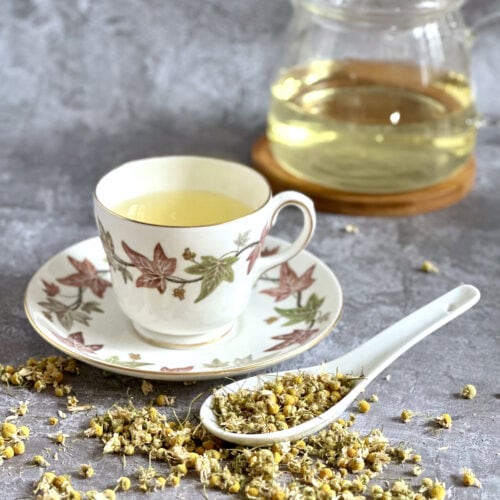

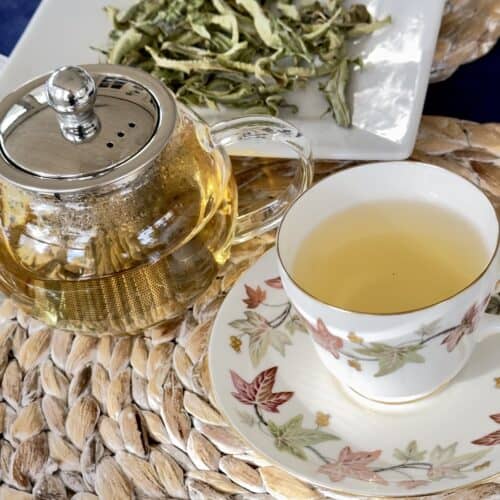
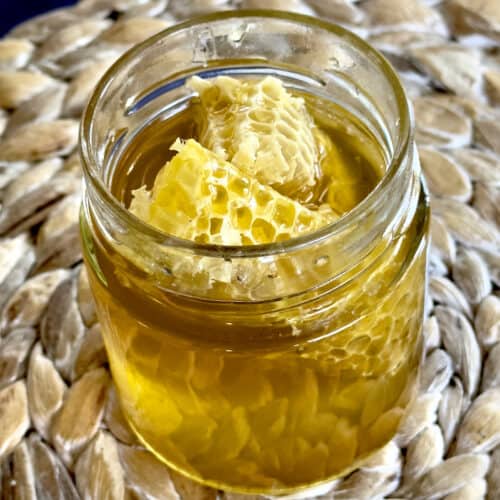
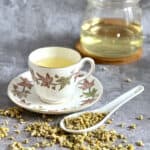
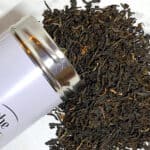
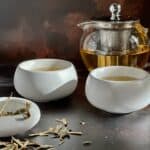
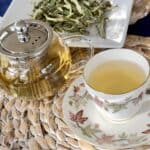


Mike Loeb
As I understand it, the wild-growing, pure Assam variety of camellia tea did not thrive under mass cultivation. To make a better-suited cultivar, Indian growers crossed China type with India type so that nearly all cultivars grown today in India are hybrids (or descendent) of the two gene pools. They seem to have known what they were doing. I love Indian teas!
Mary Ann Rollano
Very interesting. Thanks for the information. What is the name of the hybrid?
Mike Loeb
By now there are so many field-tested varieties of sinensis that functional but inelegant names are assigned: e.g., S3A1, or TA17 and so on. Genetics now has to be used to tease apart complex ancestry.